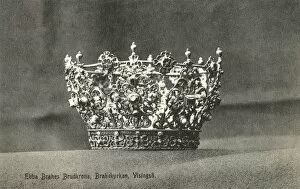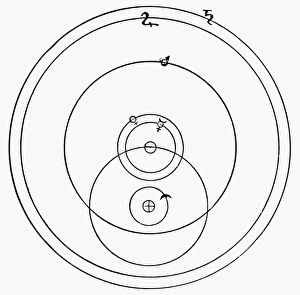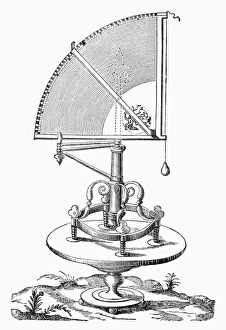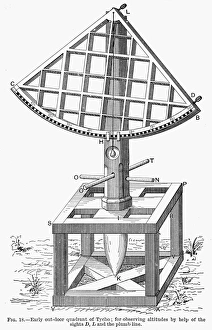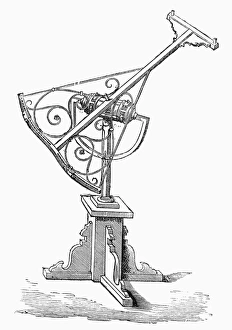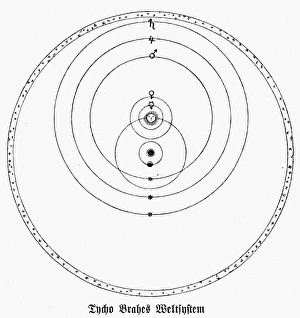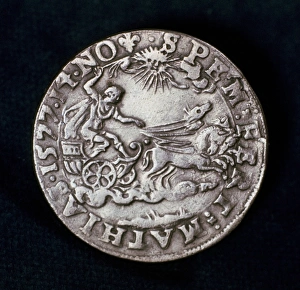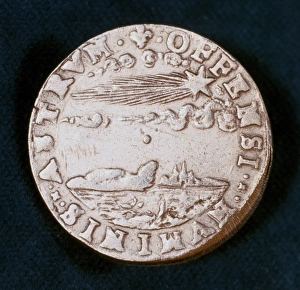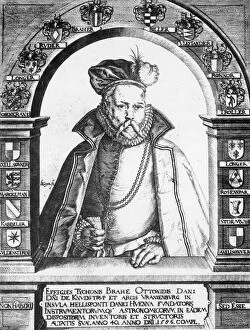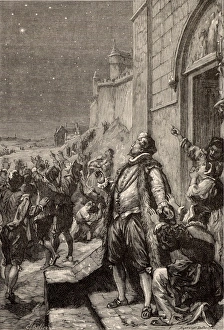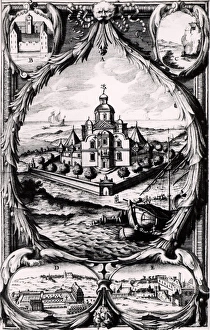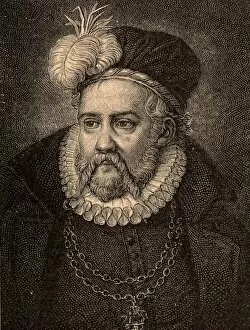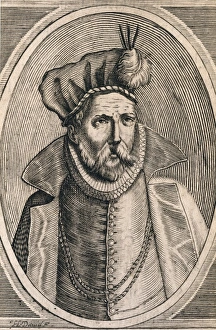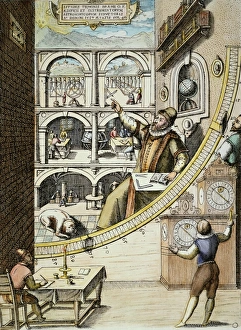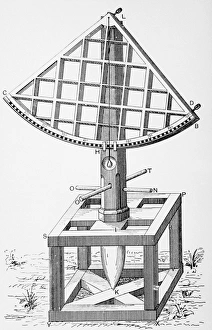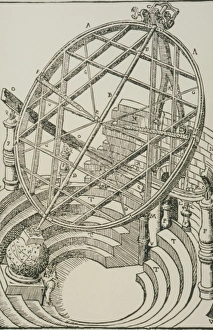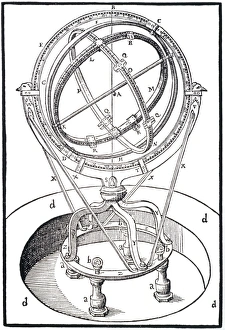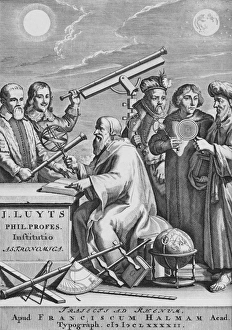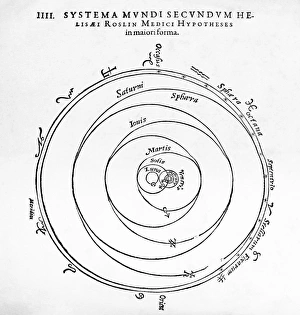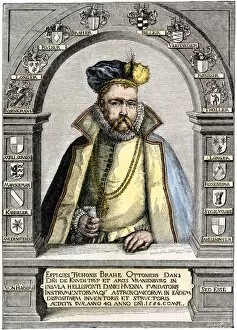Brahe Collection (page 2)
Tycho Brahe, a Danish astronomer born in 1546, made significant contributions to the field of astronomy
All Professionally Made to Order for Quick Shipping
Tycho Brahe, a Danish astronomer born in 1546, made significant contributions to the field of astronomy. His astrolabe and his book "Nova et Accuratissima Totius Terrarum" showcased his meticulous observations and calculations. Tycho Brahe's work revolutionized our understanding of celestial bodies and their movements. In this portrait of Tycho Brahe, we see a man dedicated to unraveling the mysteries of the universe. With his distinctive appearance - a prosthetic nose made of silver after losing his original one in a duel - he stands as an iconic figure in the history of science. The facsimile copper engravings from Tychonis Brahe Astronomiae Instauratae reveal intricate diagrams depicting planetary orbits. These illustrations demonstrate Tycho Brahe's innovative system that challenged prevailing beliefs about Earth's place in the cosmos. Uraniborg, also known as the City of Heaven, was Tycho Brahe's grand observatory on an island. This architectural marvel housed state-of-the-art instruments for observing celestial phenomena. It served as both a scientific hub and a testament to Tycho Brahe's dedication to advancing astronomical knowledge. In this depiction of Tycho Brahe at work in 1576, we witness him meticulously recording data with utmost precision. His attention to detail allowed him to make groundbreaking discoveries about comets and supernovae during his career. The map showing Tycho Brahes' system of planetary orbits around Earth demonstrates how he challenged established theories such as geocentrism by proposing heliocentric models that better explained observed phenomena. General View of the Observatory Uraniborg showcases its impressive architecture against picturesque surroundings. This image captures not only its physical beauty but also symbolizes human curiosity reaching towards the heavens themselves. Tycho Brahe left an indelible mark on astronomy through his relentless pursuit for knowledge and innovation.




